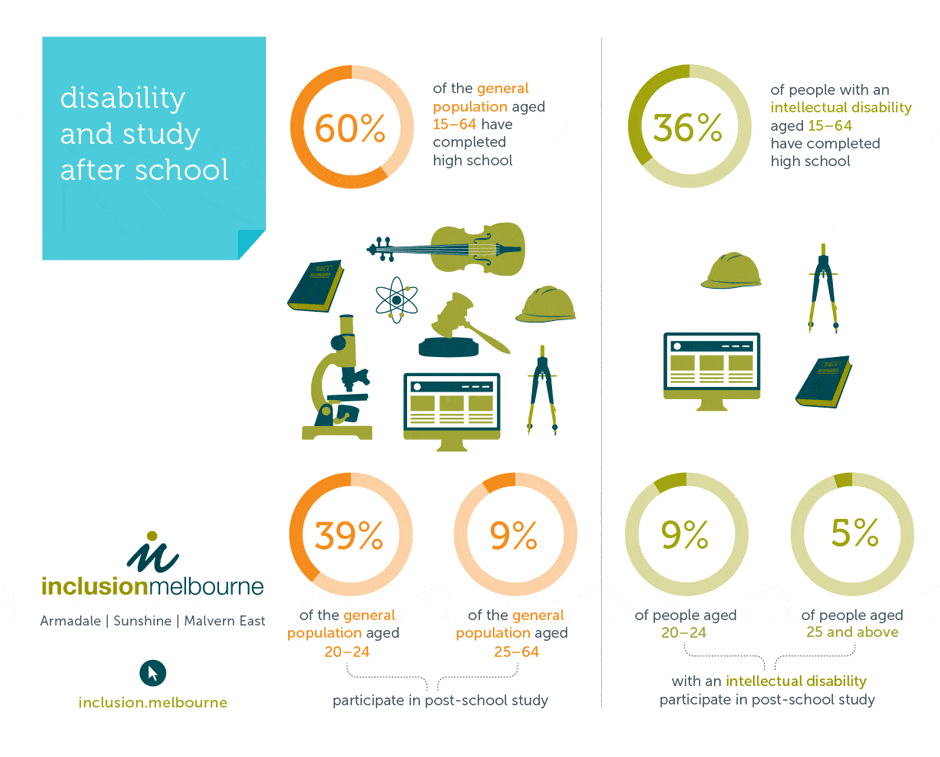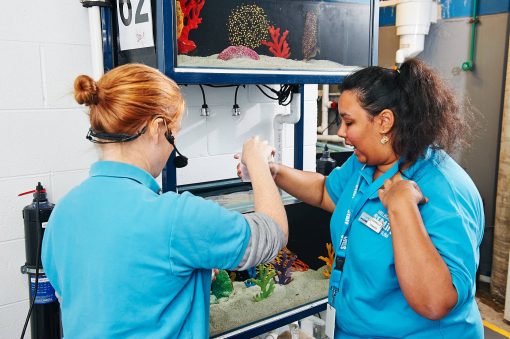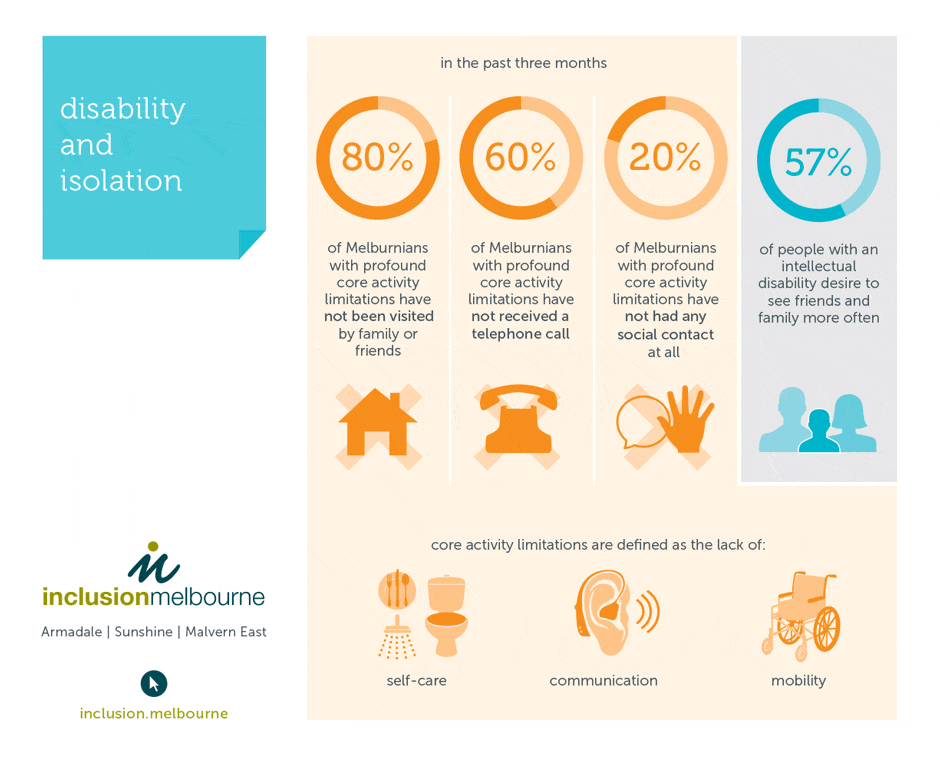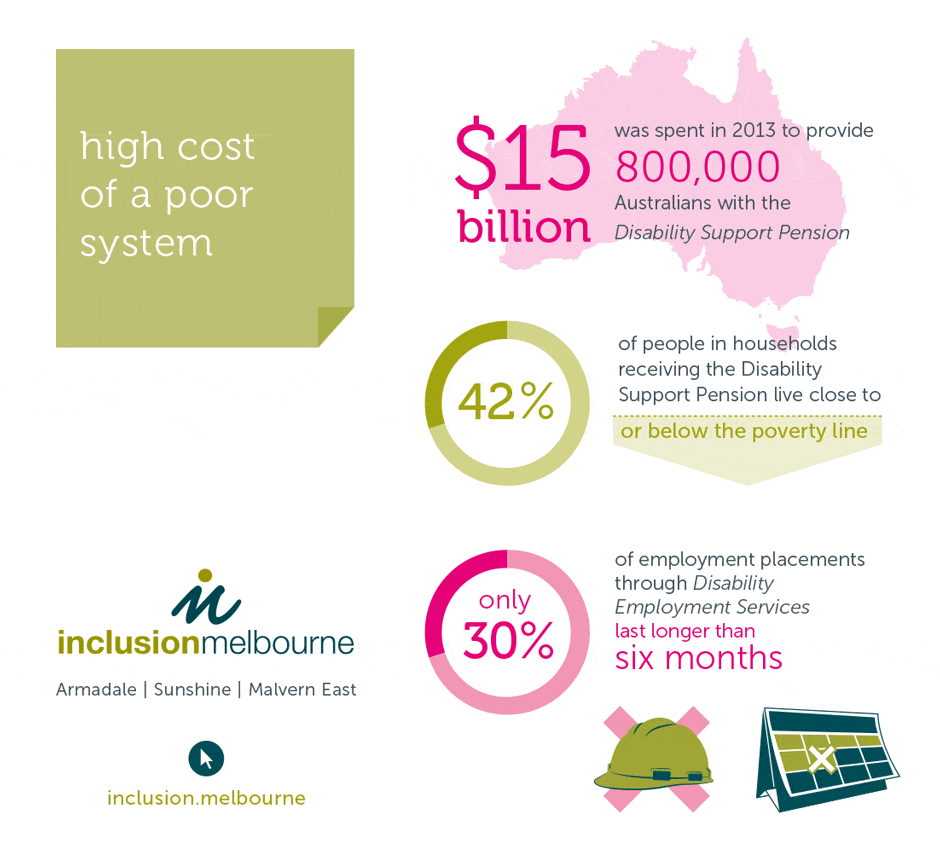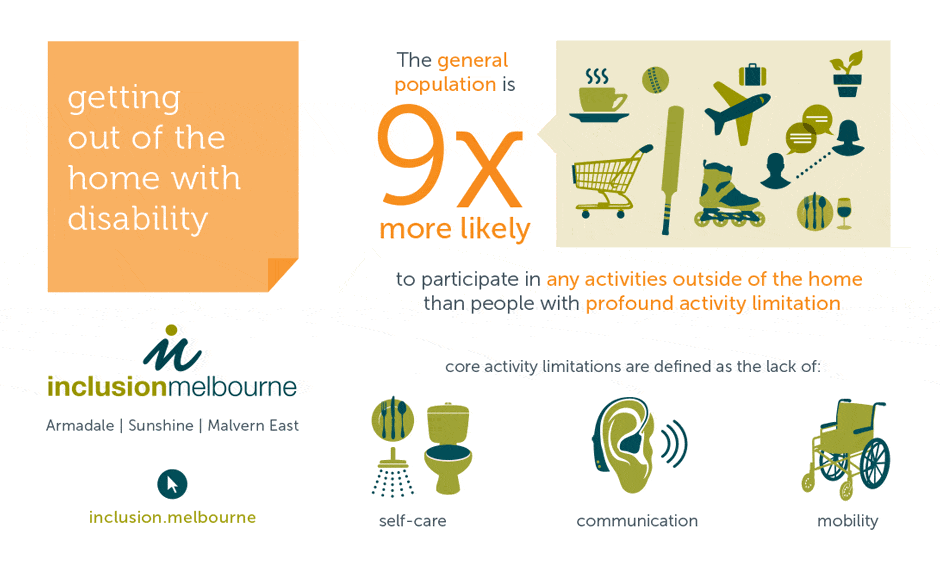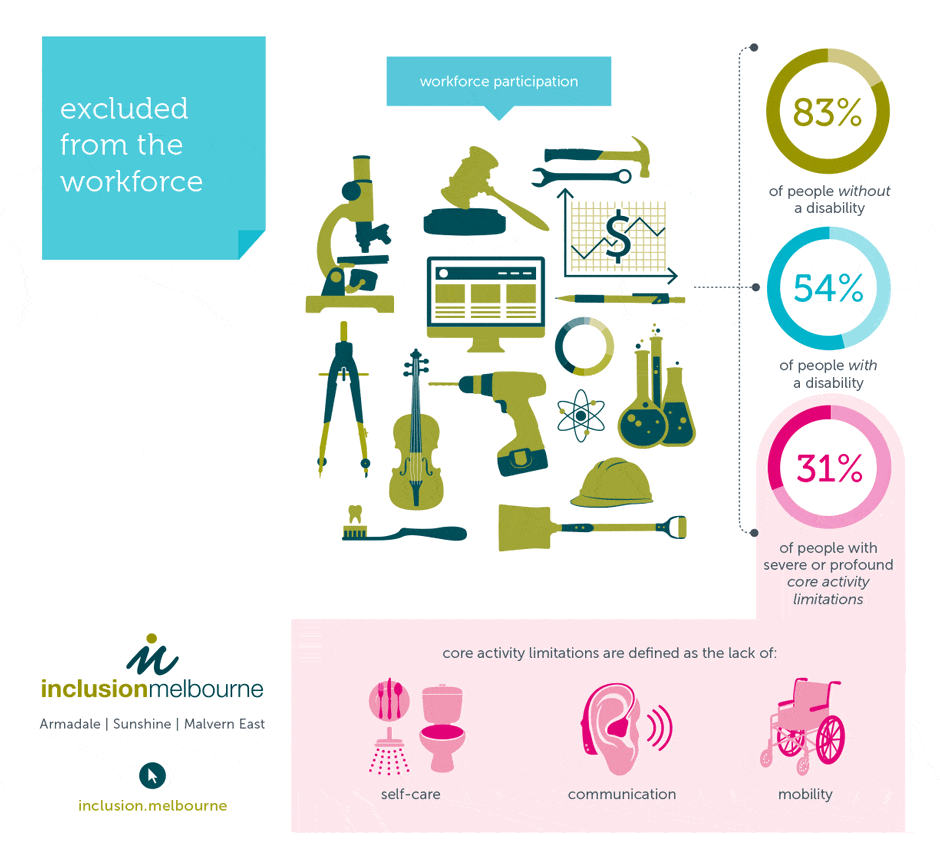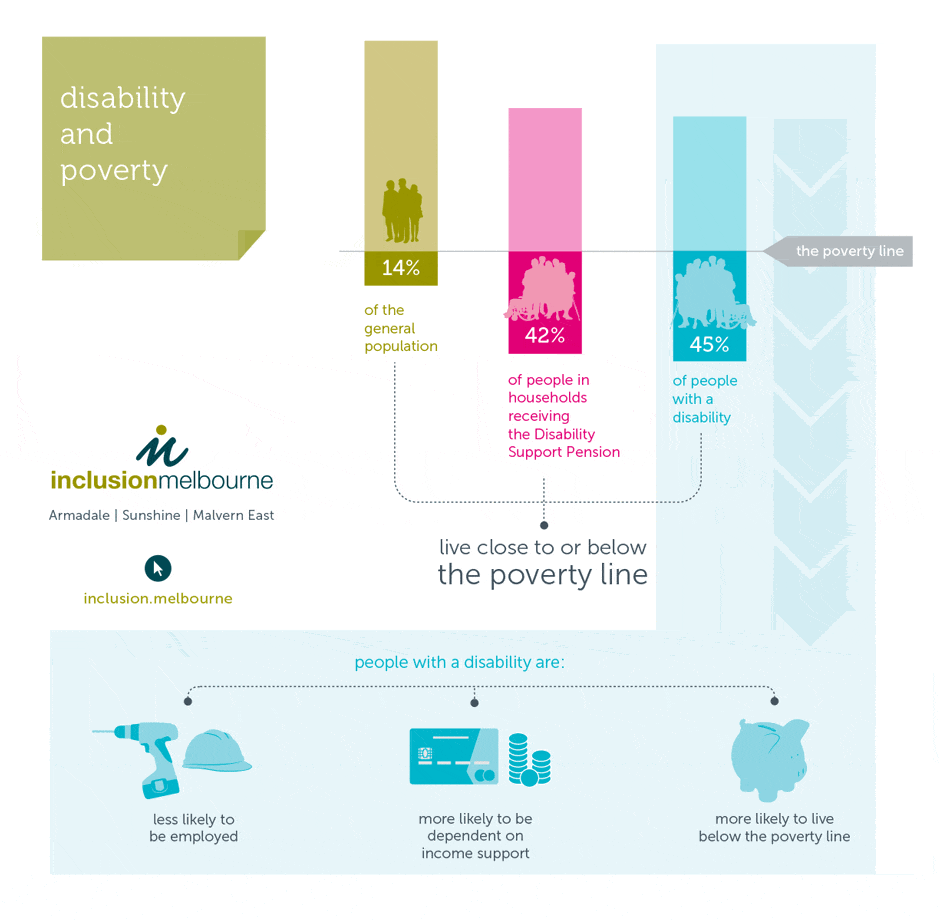For most of us, living a life without our online social networks is not comprehensible. After all, you are currently reading this blog post online, the comments are interactive, this post is being shared and promoted across multiple platforms and is likely to prompt responses and reactions that will spark thought and feedback and may cause a small difference to how you, as the reader, view the world. You may also have multiple browser windows open or apps running on your device. When is the last time you checked Facebook, Twitter, Instagram, Snap Chat, sent a text message or shared a photo instantly? Our online networks are an important, enriching and very entrenched part of our lives.
For people with disability, this is often not the way that their world works. The Irish Longitudinal Study on Ageing found that 75% of people with an intellectual disability had never written, texted, emailed, or used social media tools to contact their family or friends. This is not due to a lack of desire to do so, but rather a lack of technical awareness, training, support to use social media tools, or income to purchase a smartphone, computer or tablet.
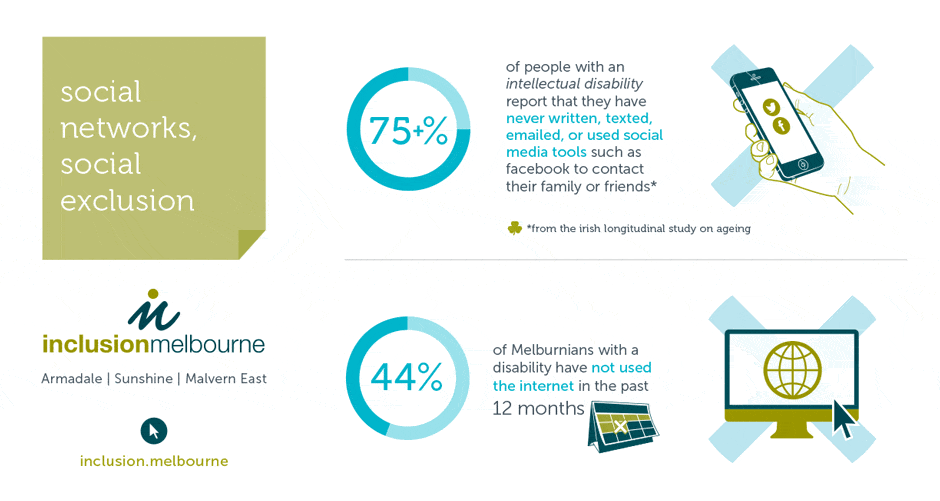
In 2015, it was found that for people with intellectual disability, digital literacy means greater independence in school, at home, in the community and at work. For someone with lower literacy or with verbal communication barriers, the use of emojis to communicate emotions, activities or locations can open up a whole new spectrum of communication. ☺️ ? ? ☔️
Being able to share photos with friends and family creates a sense of inclusion and community that may not otherwise be felt and, importantly, as well as the increased communication, having a mobile phone can act as an extra safety net for people with a disability who do not require constant support, as it allows them to move safely through the community and grow in independence while knowing that they can contact someone if an issue arises




